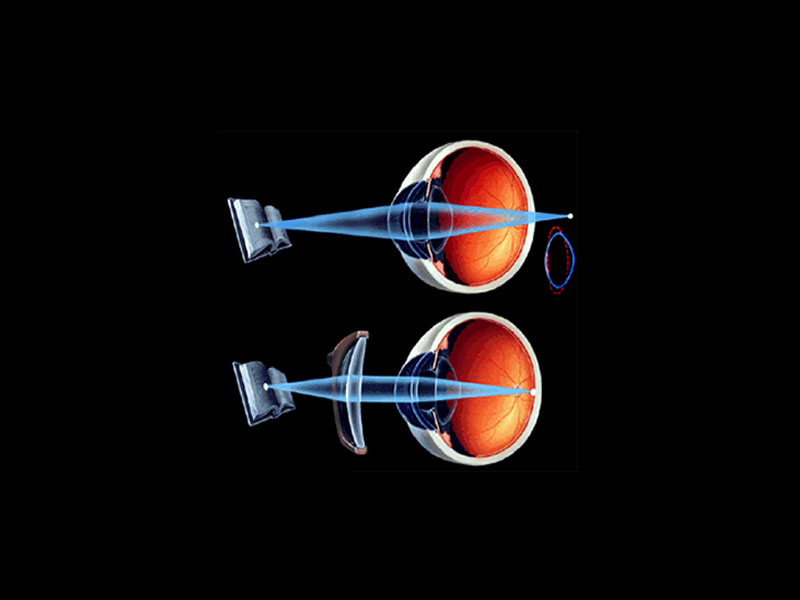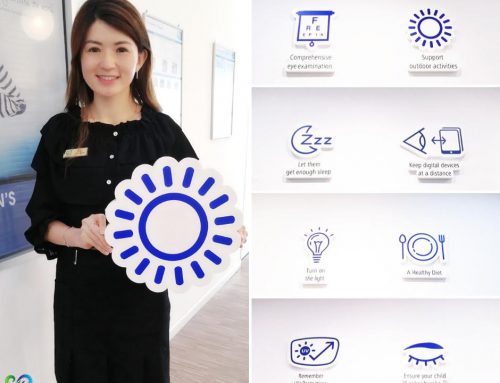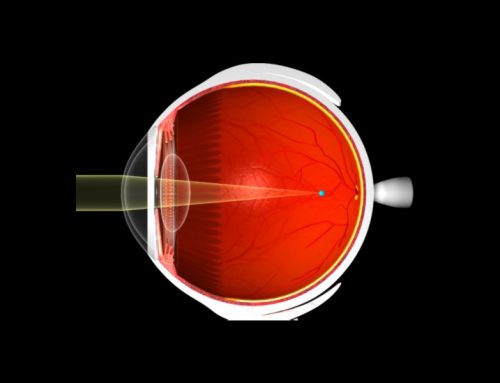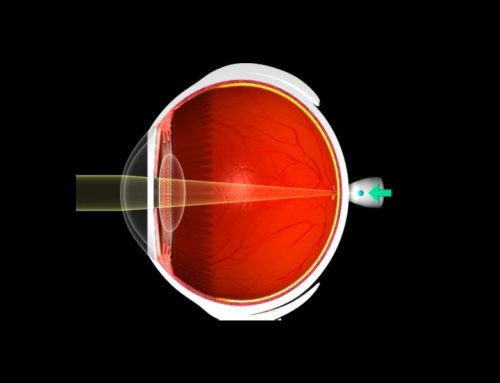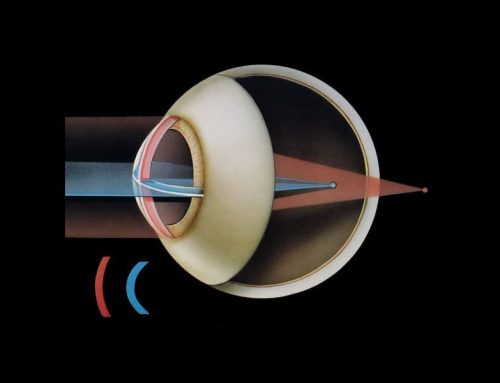Presbyopia (Greek word “presbys” meaning “old person”) is a condition of the eye where the ability to focus near object progressively diminish.
This is different from astigmatism, myopia (also known as nearsightedness) and hyperopia (also known as long sightedness), which are related to the shape and size of the eyeball. It is a not a disease or trauma of the eye but a nature process due to aging.
Presbyopia is generally believed to stem from a gradual loss of flexibility in the natural lens inside your eye.
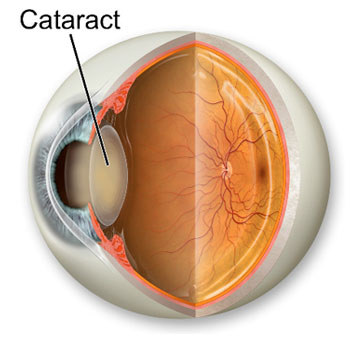
The first symptoms are usually first noticed between the ages of 38 to 45 years old. Actually, the ability to focus on near objects declines throughout life, from ability to focus at 50 mm in a child to and leveling off to 1-2 meters at age 60.
The first symptoms most people notice are, difficulty reading fine print and their arms have become “too short” to hold reading material at a comfortable distance
Print seems to have less contrast and the eyes become easily fatigued when reading a book or computer screen. By holding reading material further away helps for many people. But eventually, reading correction in the form of reading glasses, bifocals, progressive lens are needed for close work.
However, nearsighted people can simply take their glasses off because they see best close-up.
A delayed onset of seeking correction for presbyopia has been found among those with small pupils. In particular, farmers and housewives seek correction later, whereas office workers and teachers seek eyesight correction earlier.
The treatment for presbyopia is very simple, but is entirely dependent on the individual’s age, lifestyle, occupation, and hobbies.
If the patient has good distance vision and only has difficulty seeing up close, reading glasses are usually the easiest solution. Another option is monovision: adjusting one eye for distance vision, and the fellow eye for reading vision. This can be done with contact lenses or permanently with refractive surgery.

